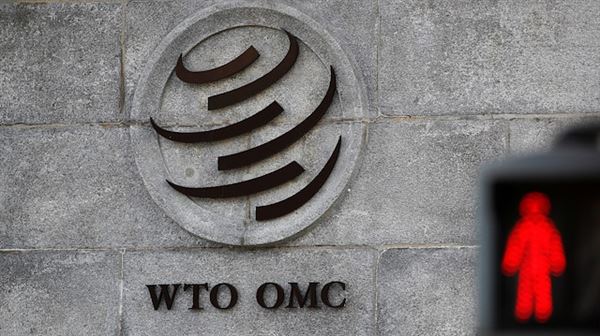The World Trade Organization (WTO) has ruled that India’s domestic export subsidy programs are in violation of the trade body’s rules. A d
The World Trade Organization (WTO) has ruled that India’s domestic export subsidy programs are in violation of the trade body’s rules.
A dispute panel of the organization agreed with the U.S. that India provides prohibited export subsidies to its exporters worth over $7 billion annually.
India is likely to appeal the ruling before the appellate body of the WTO. An appeal can be filed within a month.
India gives prohibited subsidies to producers of steel products, pharmaceuticals, chemicals, information technology products, textiles and apparel, to the detriment of American workers and manufacturers, said the panel in its report.
“This is a resounding victory for the United States,” said U.S. Trade Representative Robert Lighthizer in a press statement.
He said: “Under the leadership of President Trump, the United States is using every available tool, including WTO enforcement actions, to ensure American workers are able to compete on a level playing field.”
The Indian programs found in violation of WTO rules were the Merchandise Exports from India Scheme (MEIS), Export Oriented Units Scheme and related sector specific schemes (EOU), Special Economic Zones (SEZ), Export Promotion Capital Goods Scheme (EPCG), and a duty free imports for exporters program (DFIS), said the statement.
India has been given six months by the panel to withdraw these prohibited subsidies.
According to the WTO statement, export subsidies provide an unfair competitive advantage to recipients, and rules expressly prohibit them. A limited exception to this rule is for specified developing countries that may continue to provide export subsidies temporarily until they reach a defined economic benchmark.
India was initially within this group, but it surpassed the benchmark in 2015. India has so far failed to withdraw its export subsidies despite this.
The panel rejected India’s assertion that it is entitled to additional time to provide export subsidies even after hitting the defined economic benchmark.
Meanwhile, trade experts feel that the panel report will have far reaching consequences on India’s flagship export promotion schemes.
“The dispute challenged provisions of programmes such as the special economic zones (SEZ) scheme and the export promotion capital goods (EPCG) scheme. They aim to facilitate Indian exports by exempting exporting units from certain taxes and duties. These have been deemed to be inconsistent with the WTO agreement on Subsidies and Countervailing Measures,” said Aarshi Tirkey, a fellow with the Observer Research Foundation, a New Delhi-based thinktank.
“Now that these measures are inconsistent with trade rules, India will be required to comply with the ruling by withdrawing these measures. If this happens, Indian exports benefiting from these provisions will become costlier in markets abroad,” said Aarshi.
She added: “However, the dispute settlement process is not over yet. If India chooses to appeal the panel decision (which it most likely will), the current ruling will not be binding – as both the US and India will need to await the decision of the WTO’s Appellate Body. This may take a while as, currently, the Appellate Body has too few members to hear all the appeals pending before it.”
Another economist, Aditya Jain, said, “Indian exports would be affected in a big way because of this ruling. The government has to work on alternatives, otherwise exporters will be hit hard by the decision.”
